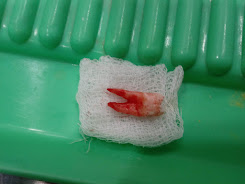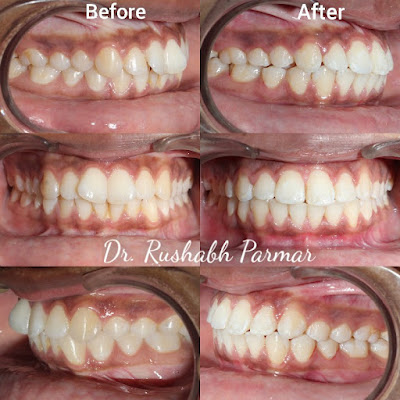Orthodontic Extractions
Introduction: Extractions are routinely used in orthodontics as a method of gaining space. Generally first or second premolars are extracted for orthodontic treatment but there is exceptional cases also. The extraction technique that facilitates teeth removal should be atraumatically. Buccal cortical plates should be preserved for orthodontic tooth movement. Orthodontic tooth extraction is performed after evaluation of clinical records, radiographs and photographs.
Orthodontic Treatment often involves the extraction of teeth to gain space for the correction of crowding or proclined teeth. While, for the patient and the general practitioners performing the procedure the principal concern is to successfully complete the procedure atraumatically, for the orthodontist there is an additional prospective to preserve the cortical plates from breaking during extraction compare to other tooth extractions which can lead to ridge narrowing. Fractured cortical plates can lead to narrowed out ridges that may interfere with complete closure of extraction space closure. Therefore, any technique that eases tooth removal with minimal trauma to the cortical plates is welcome. Background orthodontic extractions are conventionally done preceding the formal banding and bonding procedure.
Preserving Bone For Moving Teeth
Bone is a living tissue that continually reshapes itself in response to the stimulus of biting force or stress. Bone that normally supports the teeth slowly resorbs when the teeth are lost. Sometimes, if the bony housing surrounding a tooth is very thin, significant bone loss can occur after extraction. This process happens in just a matter of months, but can continue if steps are not taken to stop it. The surgeon removing a tooth may recommend a bone graft to preserve the socket bone if he is concerned that there will be too much bone loss. The reason for this consideration is that if there is insufficient bone through which to move the teeth, it can result in unsightly gum recession and root exposure following orthodontic treatment. Thus bone preservation following tooth extraction is critical to ensure that there is enough bone mass through which to move neighboring teeth for proper alignment.







.jpg)

Comments
Post a Comment